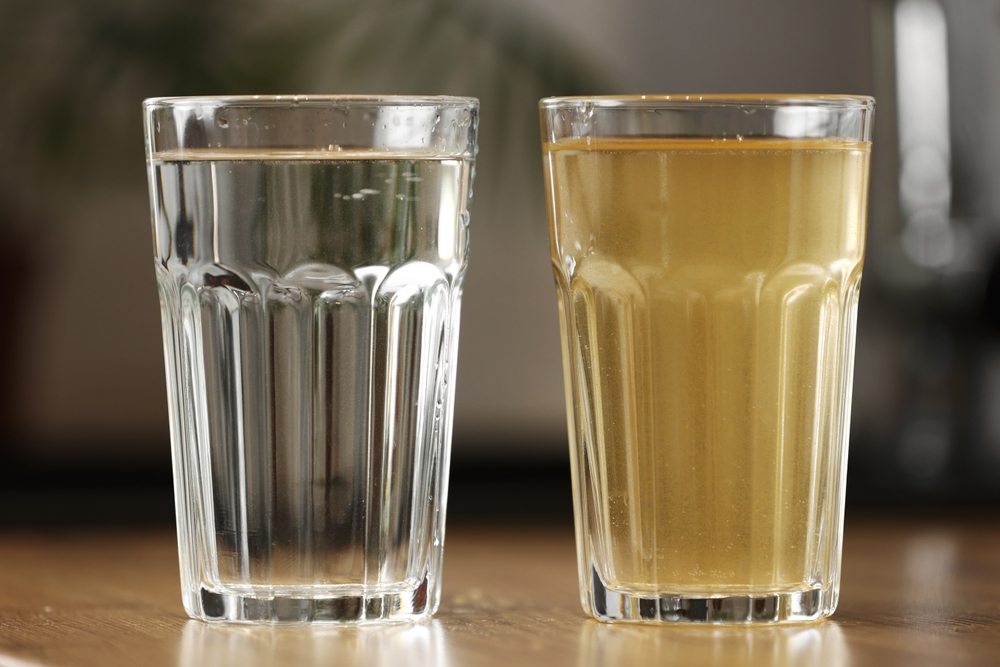Well Water Discoloration

Clear, clean water is essential for daily life. However, homeowners relying on well water may occasionally encounter discolored water, which can be concerning. Understanding the causes behind these color changes is crucial for addressing potential issues effectively.
Common Causes of Well Water Discoloration:
1. Brown or Red Water:
- Iron Contamination: High iron levels can impart a reddish or brownish hue to water. While not harmful to health, iron can stain fixtures and laundry.
- Rust: Corroded pipes or plumbing fixtures may introduce rust into the water, leading to discoloration.
2. Yellow Water:
- Tannins: Organic matter from decaying vegetation can leach into groundwater, especially in areas with peaty or swampy soil, resulting in yellowish water.
3. Blue or Green Water:
- Copper: Elevated copper levels, often from new copper piping or low pH water causing leaching from older pipes, can tint water blue or green.
4. Black Water:
- Manganese or Iron Bacteria: High concentrations of manganese or the presence of iron bacteria can cause black discoloration. While not typically harmful, they can lead to unpleasant tastes and odors.
Recommended Actions:
- Water Testing: Conduct comprehensive water tests to identify specific contaminants causing discoloration.
- Inspect Plumbing: Examine pipes and fixtures for corrosion or damage that might contribute to water quality issues.
- Install Filtration Systems: Depending on the contaminants identified, appropriate filtration
- solutions, such as water softeners or oxidizing filters, can be implemented.
- Regular Maintenance: Schedule routine inspections and maintenance of the well system to ensure optimal performance and water quality.
By proactively addressing well water discoloration, homeowners can ensure a safe and appealing water supply, while real estate agents can better advise clients on potential concerns and solutions.
